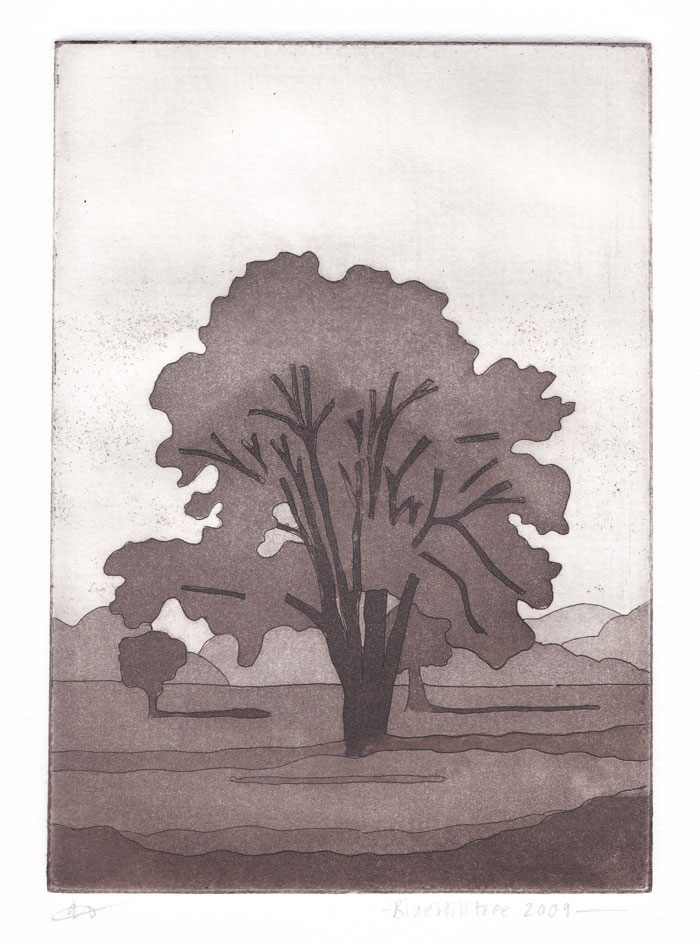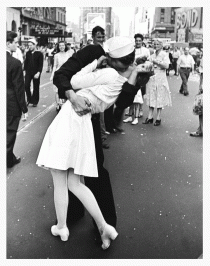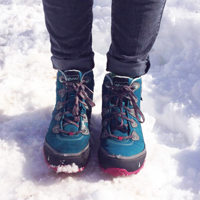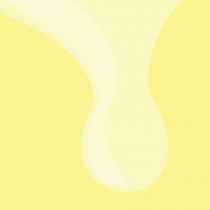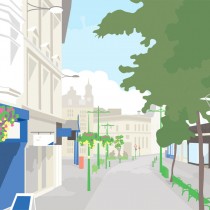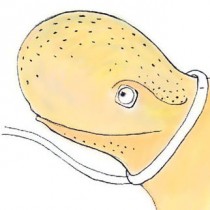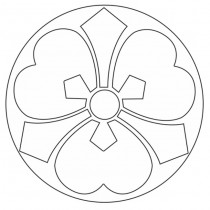Printmaking
|
Parsons The New School for Design offer an introduction to Printmaking class where students learn three basic techniques of etching a zinc plate: hard ground, soft ground, and aquatint.
The plate was then completely submerged in a nitric acid bath that eats away at the exposed metal. This process is known as biting. The waxy ground resist prevents the acid from biting the parts of the plate which have been covered. The strength of the acid determines the speed of the etching process. The longer the plate remains in the acid the deeper the bites become. Timing is very precise and so many timing tests are completed before you bite the real plate. The plate is removed from the acid and carefully washed with water to remove the acid. The ground is removed with a solvent such as turpentine. Once dried, the plate is ready to be inked. A blob of ink is placed on the plate and a piece card is used to push/force the ink into the etched lines. The surface is then wiped clean with a piece of stiff fabric and then buffed with newsprint paper until no ink remains on the unetched areas of the plate. A damp piece of paper is placed over the plate and it is run through the press.
This second print is an aquatint. Unlike the previous print, where I created lines, in an aquatint you create areas of tone. I took a photo of a tree (my favorite tree at Stone Barns) and identified certain tonal areas. I graded the tonal areas from lightest to darkest, such as: An aquatint box was used to apply an even layer of resin powder onto a metal plate. The plate was then heated and the resin powder melts forming a fine, even, dappled coating. I sketched a light outline of the tree scene onto the prepared zinc plate, and noted the 7 different tonal areas. The plate was immersed in a acid bath for 30-or-so seconds to bite the lightest tone (sky in my case). Using a paintbrush dipped in liquid ground, I then painted over (“stopped out”) the sky area to protect it from further acid baths. After immersing the plate in the bath a second time, I then painted over the areas identified as the second lightest tonal area (the distant trees.) After another dip, I painted over the the third lightest tone (the closer trees.)..and progressively stopped out/dipped in acid all tonal areas until I reached the darkest tonal areas, the branches—The branches had been exposed to the acid the longest, and so they would have the darkest bite. After the final bite, the plate is carefully washed with water to remove the acid. The ground is removed with a solvent, dried, and inked. A damp piece of paper is placed over the plate and it is run through the press.
|
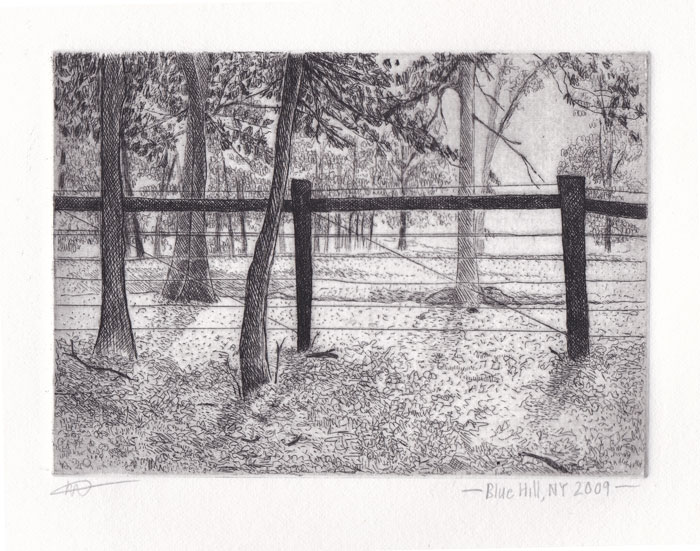 This first print was created using hard ground. A waxy acid-resist, known as a “ground”, is painted in an even thin layer onto the surface of the metal plate (I used a zinc plate). When exposed to air, the ground hardens. The illustration was then scratched (in reverse) with an etching-needle into the ground. You are really only scratching away the thin layer of ground to reveal the metal underneath, so not too much pressure is required.
This first print was created using hard ground. A waxy acid-resist, known as a “ground”, is painted in an even thin layer onto the surface of the metal plate (I used a zinc plate). When exposed to air, the ground hardens. The illustration was then scratched (in reverse) with an etching-needle into the ground. You are really only scratching away the thin layer of ground to reveal the metal underneath, so not too much pressure is required.